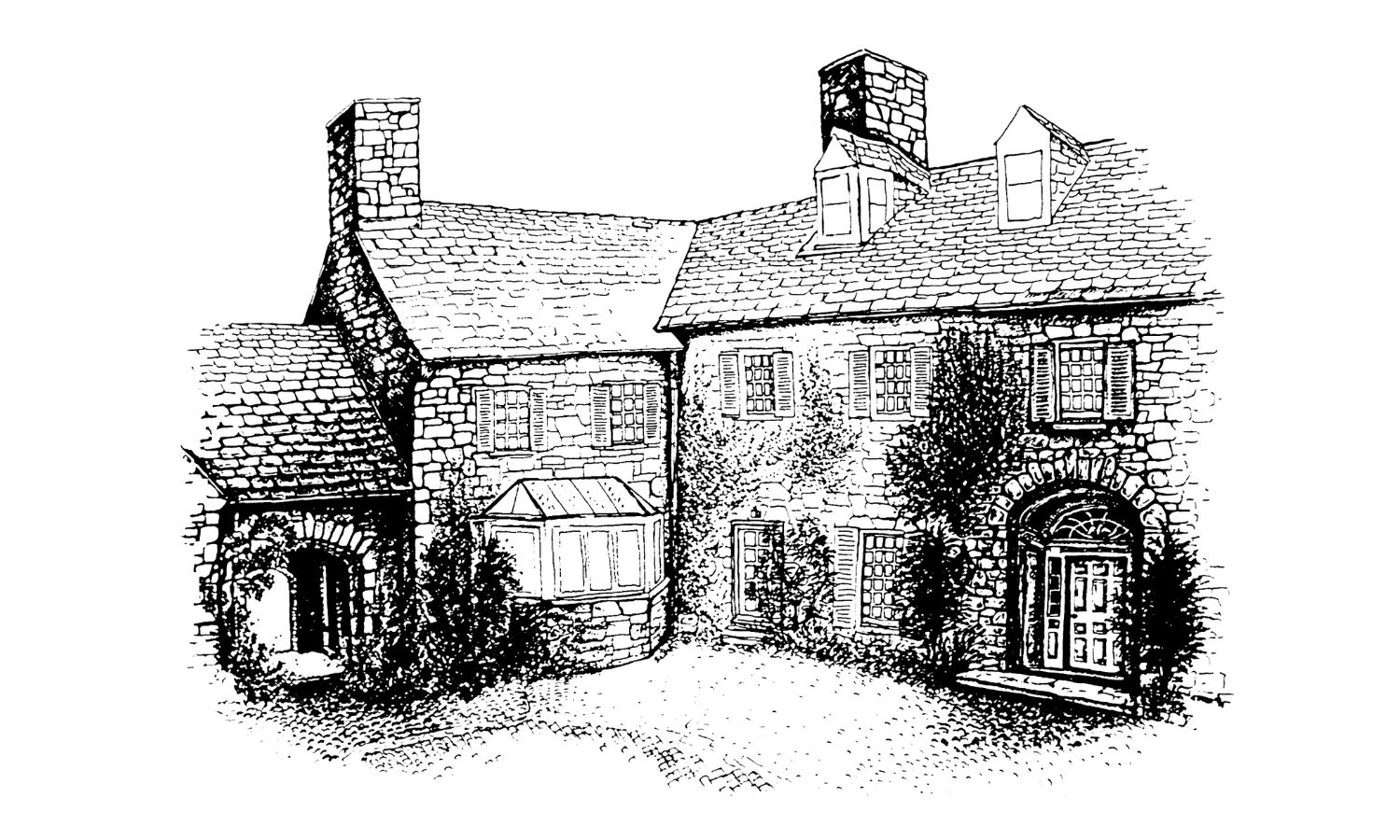By 1916, the school came to be known as "Miss Park's School" under the leadership of Miss Pierce's successor, Julia Park, and was formally incorporated as The Park School in 1923. As Jay Howland points out in her history of Park, "1888 was a good year for starting a school," noting that the 1880s also saw the creation of Radcliffe, Bryn Mawr, Wheelock, Barnard, Brimmer & May, Dana Hall, and Winsor. It was also a time deeply influenced by the American Romanticism movement, which underscored a belief in human possibility and individual potential. Howland points to the "Romantic view of children as innately good rather than bad" and "the role of the teacher was to help the child develop naturally in an atmosphere of mutual respect."


Faulkner House/255 Goddard Avenue
The School outgrew the Walnut Street location and moved in 1905 to a purpose-built schoolhouse designed by famed Boston architects Wheelwright & Haven. The School remained in that Brookline location, expanding into neighboring properties with time, until moving to the current campus at 171 Goddard Avenue in 1971, an opportunity made possible through the generosity of the Faulkner family, who donated 14 acres of rolling fields and woods. In 1980, the Faulkners also donated the additional 10 acres of land including the houses at 235 and 255 Goddard Avenue. Later, Park purchased adjoining acres, which included the house now home to Park's head of school, expanding the campus to 34 acres.
.jpg?command_1=resize&width_1=860&height_1=860)







